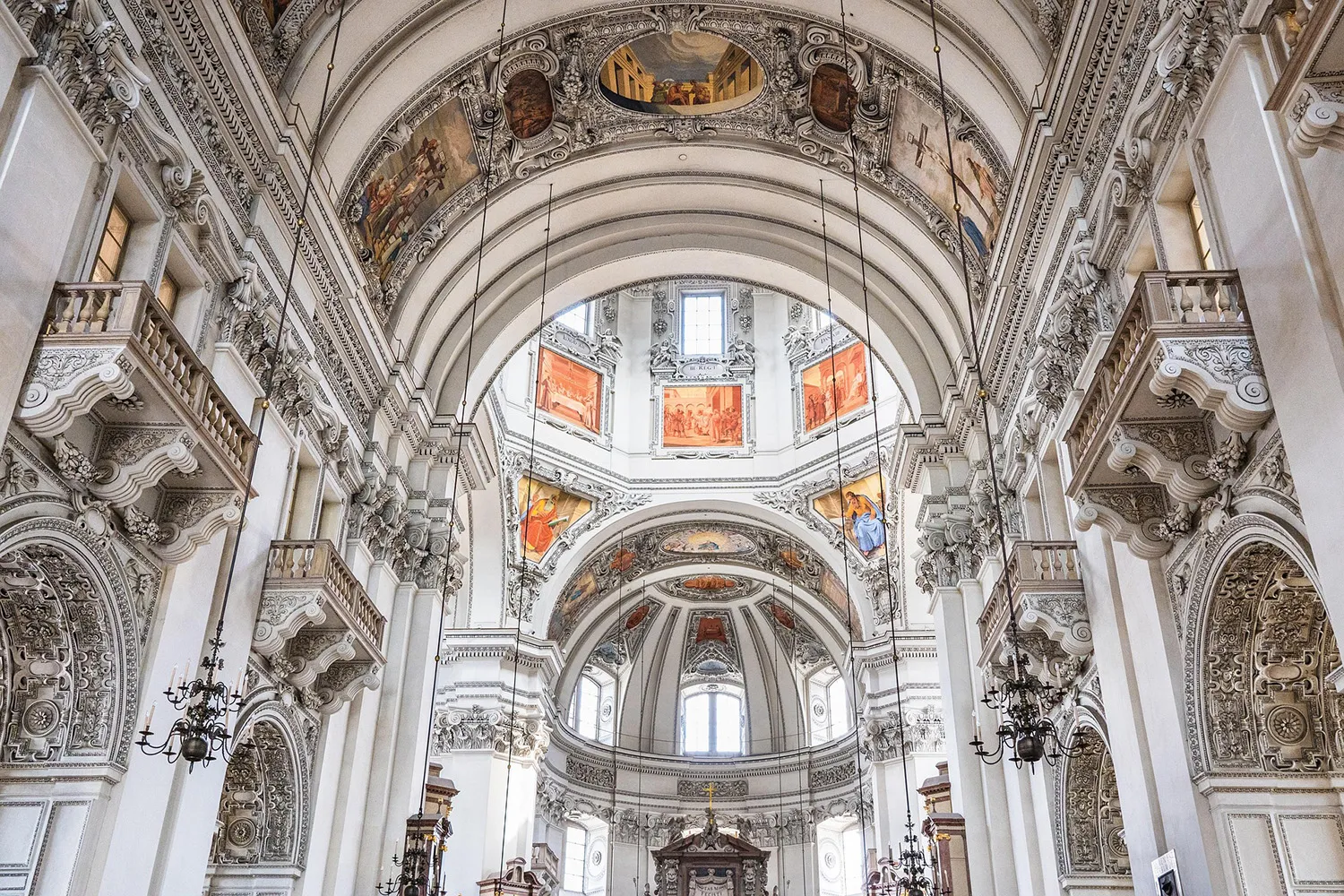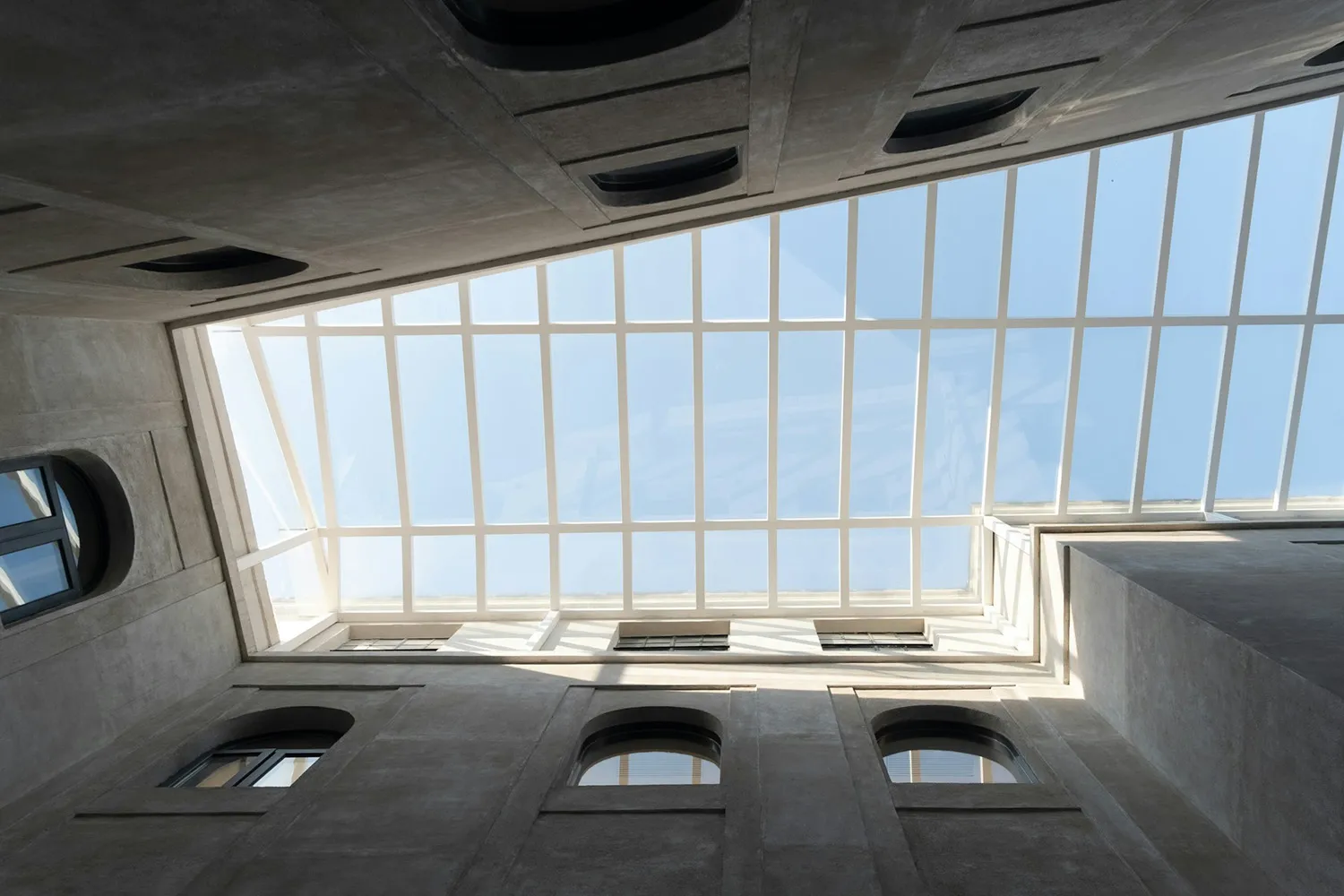Through Time and Light: The Evolution of Skylights
More and more homeowners are considering the benefits of installing skylights at home, not just for their aesthetic appeal but also for their practical value.
Skylights have come a long way—from simple roof openings to advanced, energy-efficient systems. Today, they do more than brighten a space. They enhance well-being, improve quality of life, and make interiors more comfortable and inviting.

Looking Back: Ancient Skylight Prototypes
Skylights existed long before we started calling them that. In Ancient Rome, atria featured roof openings that let in sunlight and rain, creating a sense of indoor open sky.
In Byzantine cathedrals and Islamic mosques, light filtered through domes and windows, symbolizing holiness and divine tranquility. These light-filled spaces conveyed status, power, and spiritual presence.
That idea was carried over into Spanish colonial architecture, especially mission-style buildings like Orange and Torrance. These missions used simple but thoughtfully placed ceiling openings to flood rooms with light, creating an atmosphere of peace. These early designs became the ancestors of modern skylights.
20th-Century Skylights: Function First
As technology advanced in the 20th century, skylights appeared more frequently in residential design, especially postwar Los Angeles architecture. Modernist architects aimed to bring more light into homes without cluttering the facades.
In the Case Study Houses program, skylights provided natural light and created a sense of visual lightness. Some later designs even introduced early versions of passive ventilation skylight structures that allowed air to circulate naturally without electric systems.
Still, skylights in that era had drawbacks. They often leaked, weren’t energy-efficient, and could cause drafts. As a result, especially in areas like Torrance, homeowners in Southern California sometimes hesitated to embrace skylights due to leaks and poor insulation.

A New Era: Skylights in Sustainable Architecture
Homeowners are increasingly recognizing the benefits of installing a skylight in their homes. Today, skylights are more than just a stylish feature. They are a part of innovative, sustainable home design. Modern models help conserve energy, provide natural ventilation, and respond to weather changes, helping maintain a comfortable indoor environment.
Eco-friendly solar-powered skylights are particularly popular in Los Angeles. These systems automatically open to ventilate and darken when the sun is too intense. They combine style, convenience, and sustainability into one sleek package.
Natural Light as Atmosphere and Quality of Life
Daylight transforms a space. Adding a skylight in the living room can make the area feel larger, add depth, and highlight architectural features, especially in places where families spend much of their time. The shifting light and shadows throughout the day make the space feel more alive and expressive.
Beyond their visual appeal, skylights also offer health benefits. They help regulate circadian rhythms, improve sleep patterns, and boost energy levels during the day, a valuable advantage in busy city life. Reducing the need for artificial lighting helps lower energy use and supports a more sustainable lifestyle.
The evolution of skylights reflects a growing desire for balance, function, and people-focused design. They are not just a design trend or an upgrade; they are a simple, powerful way to improve daily life with natural light, comfort, and calm.

